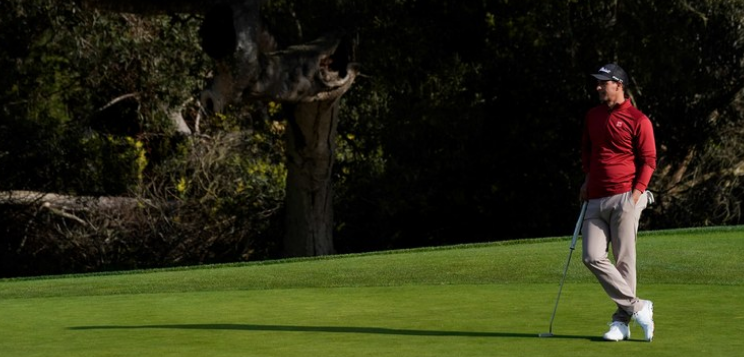While most fans will not feel much impact from the Genesis Open’s new “invitational status”, Tiger Woods has an opportunity to leave a special legacy with a few moves.
He can use the example set by Jack Nicklaus and Arnold Palmer with their events, put his own twist on the Genesis, and give fans reason to believe last week’s announcement will have a profound impact on this historic PGA Tour stop.
Maintain The Open Status
Last week when the new “invitational format was announced, I was a bit surprised to watch PGA Tour Commissioner Jay Monahan unable to answer a straightforward question about whether the 94-year-old Los Anglees “Open” would retain components of its original status in the form of Monday qualifying, a spot given to the local PGA section and an amateur spot of some kind. After the new invitational format was announced, I heard from many Angelenos wondering if it meant the end of Monday qualifying. The answer we got: TBD. And the name? Genesis Open is out, to be replaced by something clunky like Genesis Invitational, Genesis Classic or The Genesis.
The narrative for Tiger is a simple one if he agrees to maintain elements of this tournament’s past: “I love Jack and Arnold’s events but this has always been an ‘open’ event, and as long as I can remember I dreamed of qualifying before I got an invitation in 1992 to play that was vital to my career. So even as we go from 144 to 120 players, my foundation will use sponsors invitations to maintain the open nature of this tournament: two Monday qualifying spots, an exemption to the Collegiate Showcase winner, an exemption to the local PGA of America sectional qualifier, and of course, the Charlie Sifford Exemption. Those five spots will maintain ties to this tournament’s past while also not prevent any worthy players from participating. Tiger would be a hero to golf geeks in SoCal and even PGA Tour pros would have to tip their cap at him maintaining the tournament spirit and name.”
Hooray For Hollywood
Tiger has the ability to attract star power like no one else in golf. Since the LA Open’s early days, stars have either been part of the week as spectators or the pro-am. This connection is an essential to distinguishing the Genesis Open going forward for marketing and atmospheric purposes.
The new Celebrity Cup brought out A-listers from screen and sport, while the Wednesday pro-am played in lousy weather brought out fascinating names from sports, business and Hollywood. From a word-of-mouth point of view, the sight of big names early in the week helps attract local television and national media attention. From a fan point of view, seeing major names whapping it around Riviera gives the stop something no other tournament will enjoy.
























